Two hundred and twenty years ago today, Alexander Hamilton presented his Report on Manufactures to the U.S. House of Representatives. This report, commissioned by Congress almost two years earlier, urged legislators to regard manufacturing as an integral component of the emerging American economy.
In stark contrast to the Jeffersonian vision of an agrarian democracy led by virtuous yeoman farmers, Hamilton envisioned a national economy strengthened through diversification and immigrant talent, with a vibrant manufacturing sector complementing the nation’s already sizable agricultural productivity.
Arguing against those who insisted that the government should “leave industry to itself,” he insisted that deliberate government encouragement was needed to ensure that American manufacturers continued to thrive.
In making his case for government assistance to manufacturers, Hamilton relied heavily upon restrictive tariffs, a key economic tool of that era. Indeed, the tariffs outlined in the Report on Manufactures were by and large the only recommendations enacted by Congress.
But in addition to these more protectionist measures, Hamilton also called for “bounties,” or incentives, to encourage innovation in the manufacturing sector. He noted that even “the simplest and most obvious improvements” were too often “adopted with hesitation, reluctance, and by slow gradations.”
As a result, manufacturers typically embraced innovation in a fashion “more tardy than might consist with the interest either of individuals or of the society.” In order to bring about “the desirable changes as early as may be expedient,” Hamilton recommended “the incitement and patronage of government.”
Hamilton also highlighted what he saw as “a more serious impediment” to American manufacturing strength: “The apprehension of failing in new attempts.” In his view, excessive fear of failure undermined entrepreneurialism, which seriously hampered the nation’s ability to lead in emergent branches of industry.
Hamilton maintained that “such a degree of countenance and support from government, as may be capable of overcoming the obstacles insuperable from first experiments” would lower the barrier to entry for entrepreneurial manufacturers and thereby allow the nation to benefit fully from the creativity and inventiveness of its citizenry.
As Hamilton well understood, the work of innovation involves far more than just the development of new ideas; maintaining a healthy innovation ecosystem also requires a strong manufacturing sector.
Although manufacturing represents just over 11 percent of the U.S. economy today, it accounts for 70 percent of industry-funded R&D and employs over 36 percent of the nation’s engineers. The innovations developed in the manufacturing sector not only spur on technological advances in production but also benefit the service sector, which relies heavily on innovations first imagined over the course of the manufacturing process.
The United States has long been at the leading edge of innovation and production. American manufacturers now produce more than ever before, and after a brutal decade the sector is seeing a resurgence in job growth. But some experts have begun to raise concerns that the nation is in danger of losing its innovation advantage.
A recent article from McKinsey notes that manufacturing strength in other countries poses a growing competitiveness challenge to America’s economic potential. To maintain global leadership in innovation, the authors warn, “action is imperative.”
Both the public and private sectors have already begun taking steps to increase innovation in America’s manufacturing sector. The President’s Advanced Manufacturing Partnership (AMP), announced in June, aims to enhance the nation’s ability to innovate and compete by forging new connections between the manufacturing sector and research universities.
Regional AMP meetings – including one today at UC Berkeley – are bringing together practitioners from the worlds of industry, government, and academia to think through how best to bolster innovation-driven manufacturing at the regional level.
AMP’s attention to regions reflects an understanding that states and metropolitan areas will lead the way toward a more innovative, manufacturing-intense economy. States and metros have a variety of tools at their disposal to boost innovation in their manufacturing sectors, ranging from establishing advanced manufacturing centers to help small and medium-sized manufacturers develop and apply new technologies, to implementing data-disciplined, targeted initiatives to strengthen manufacturing-intense regional innovation clusters, to educating the manufacturing workforce of the next generation, as is happening at Chicago’s Austin Polytechnical Academy.
By building new relationships, sharing best practices, and collaborating on challenges facing manufacturers today, pragmatic leaders in America’s states and metros can work to support the innovation capacity that Hamilton recognized as key to economic strength. As was the case in 1791, cultivating a strong manufacturing sector that is rich in innovation will allow the U.S. to stay at the forefront of an ever-changing economic world.
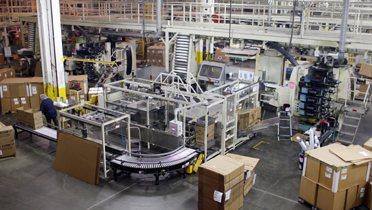
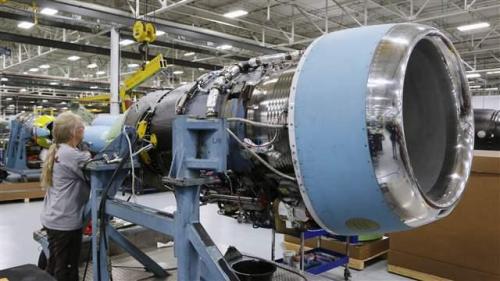
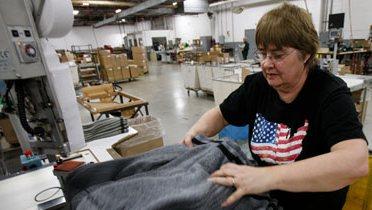
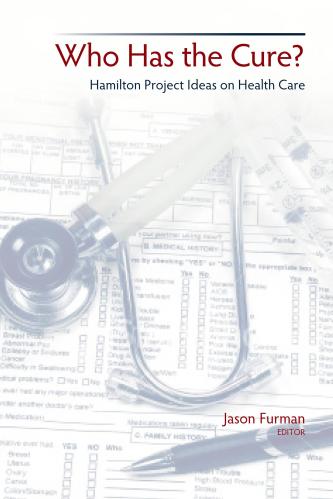
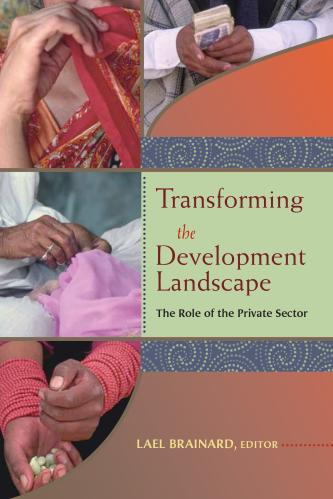


Commentary
Alexander Hamilton’s Manufacturing Message
December 5, 2011